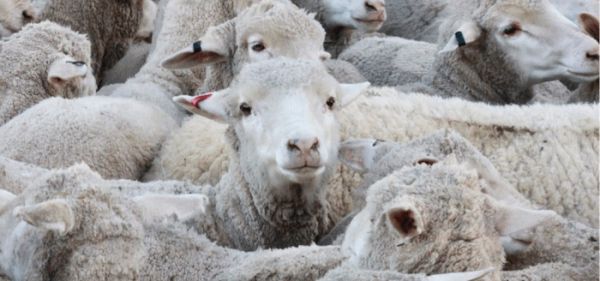|
Have you ever wondered - how can a horse sleep standing up? To enable a horse to sleep standing, the stifle is able to ‘lock’ into position with the help of ligaments attached to the patella.
However, problems can arise when a horse has difficultly ‘unlocking’ this mechanism – a condition known as stifle lock.
Stifle lock usually occurs intermittently. The back leg will appear locked straight and stiff behind the horse, sometimes with toe dragging along the ground. The leg will usually spontaneously ‘unlock’ in a rapid snapping motion, but occasionally the horse may require assistance.
A number of factors are thought to be associated with the development of stifle lock:
- Conformation (straight legs)
- Weakness or wastage of the rump muscles (e.g. lack of fitness or lack of body condition)
- Immature, rapidly growing young horses
- Injury
We can easily diagnose a horse with an examination. We may recommend X-rays to rule out other causes, and also to check for secondary wear and damage to the joint.
The condition will often improve with a targeted exercise program aimed at improving fitness and building up the rump muscles. Corrective farriery can aid in improving the biomechanics of the hindlimb. Occasionally, intramuscular injections may be administered in an attempt to alter the tension of the ligaments involved in the locking mechanism.
Surgery or more invasive measures are usually reserved for more severe cases, or cases which fail to respond adequately to more conservative management. There are several surgical approaches including injecting the ligament itself, or completely transecting (cutting) it.
If you're concerned about your horse, please give us a call.
|
